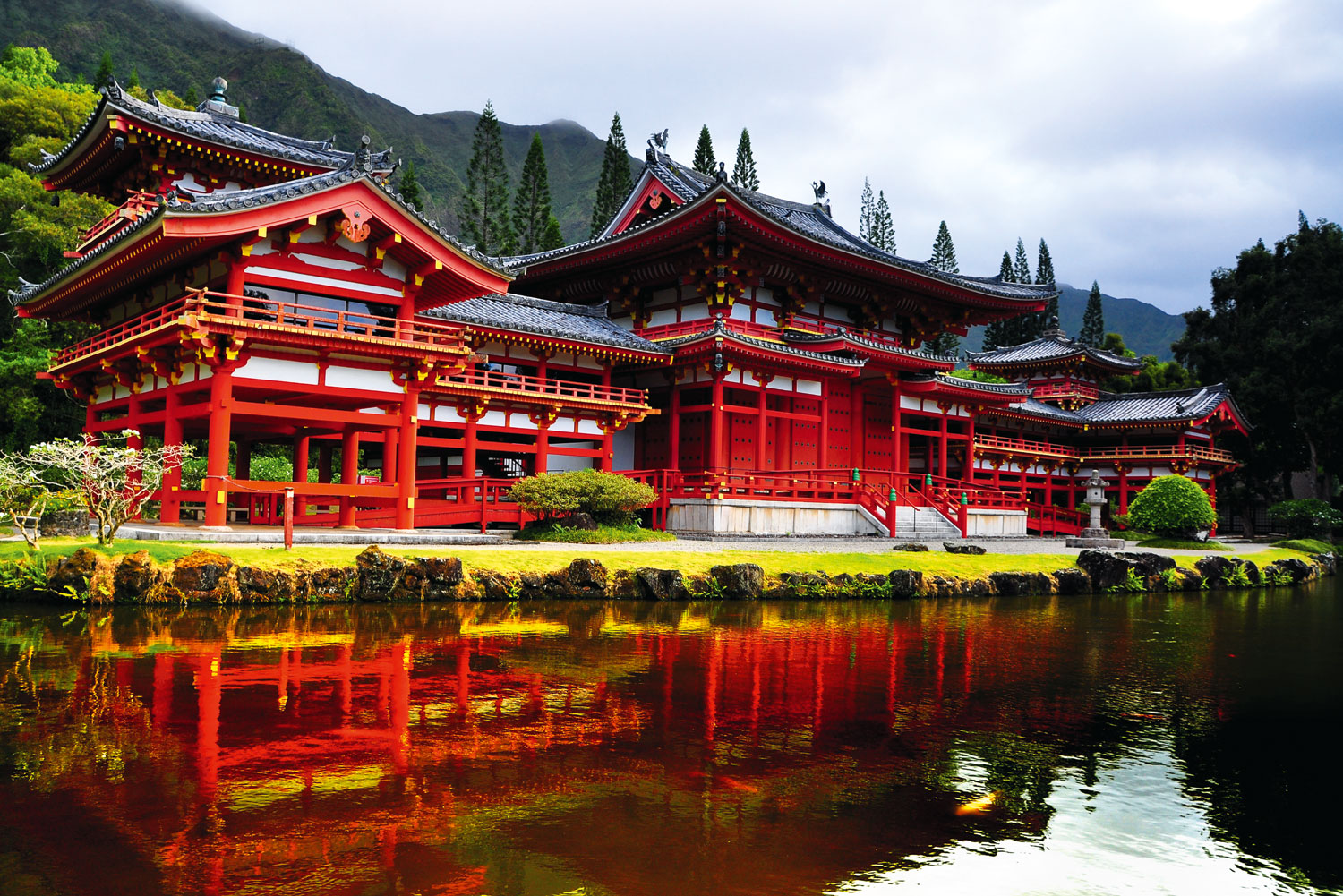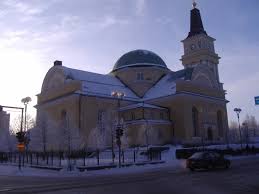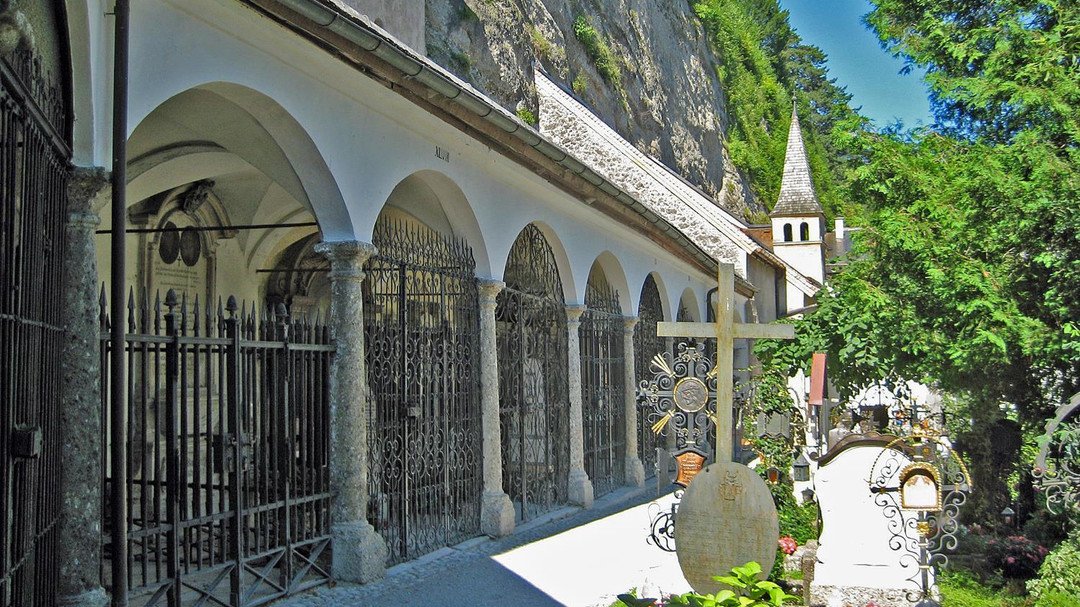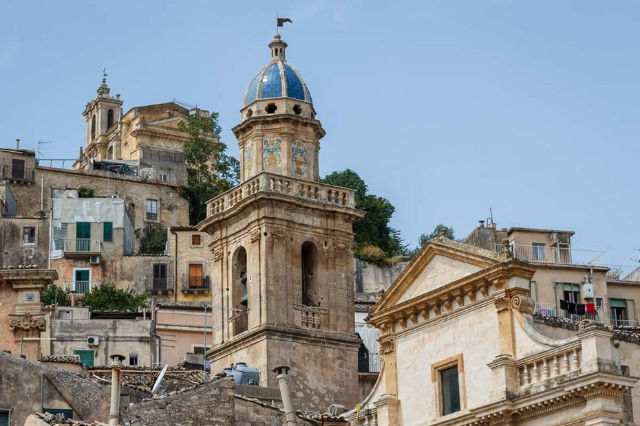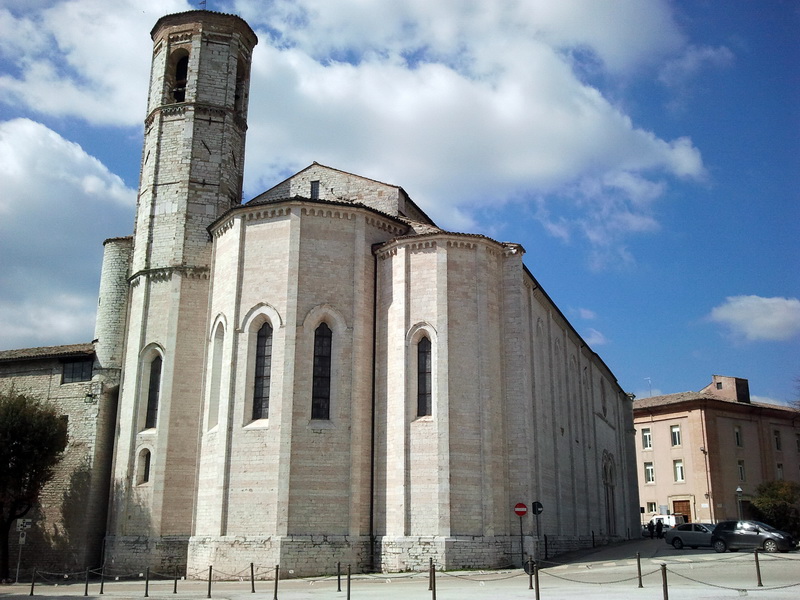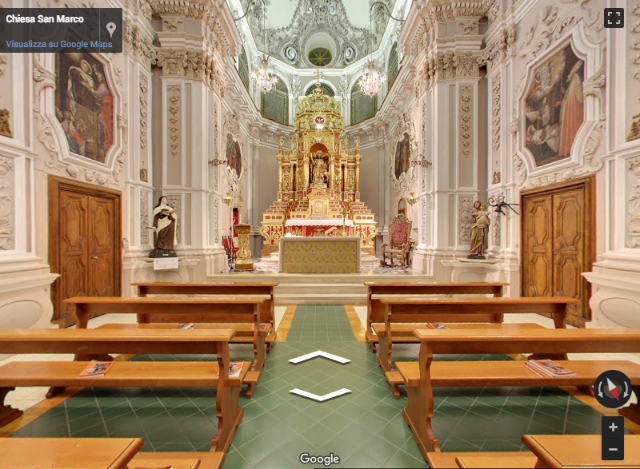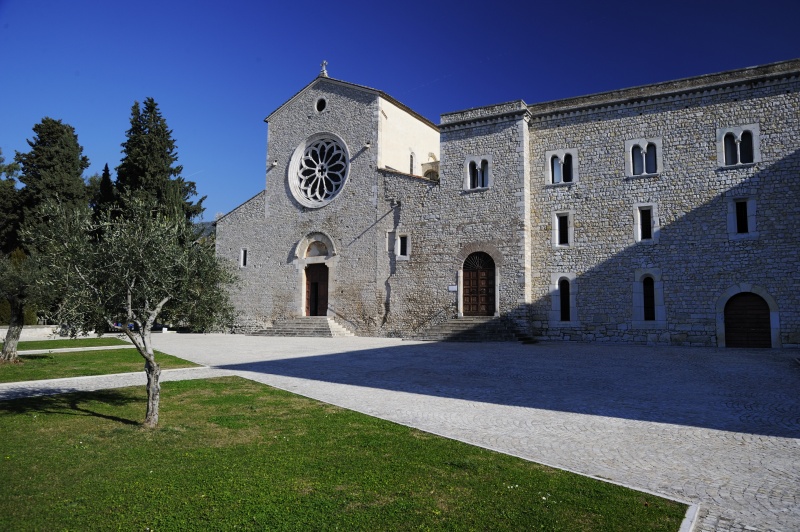Byodo in Temple is a striking example of Buddhist Pure Land (Jodo) architecture. Together with its garden, the temple represents the Pure Land Paradise and was influential on later temple construction. Byodoin was initially built in 998 as a countryside retreat villa for the powerful politician Fujiwara no Michinaga, not as a temple.
Michinaga’s son turned Byodoin into a temple and ordered the construction of its most spectacular feature, the Phoenix Hall. Although the building was given another official name, almost immediately after its construction in 1053, it was nicknamed Hoodo ("Phoenix Hall") because of its shape and the two phoenix statues on its roof. The hall is now featured on the back of the Japanese ten yen coin. Byodoin’s unique treasure house is constructed mostly underground to not distract from the Phoenix Hall.
